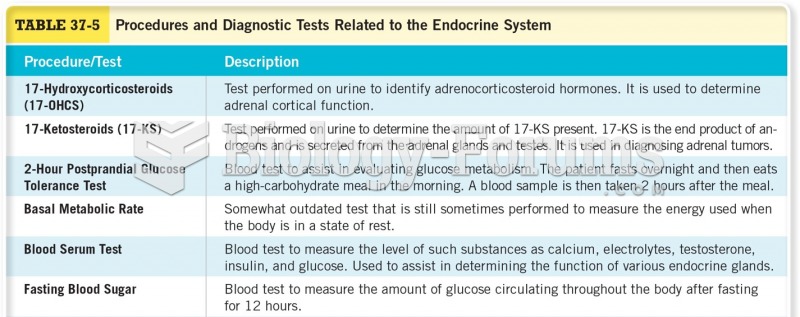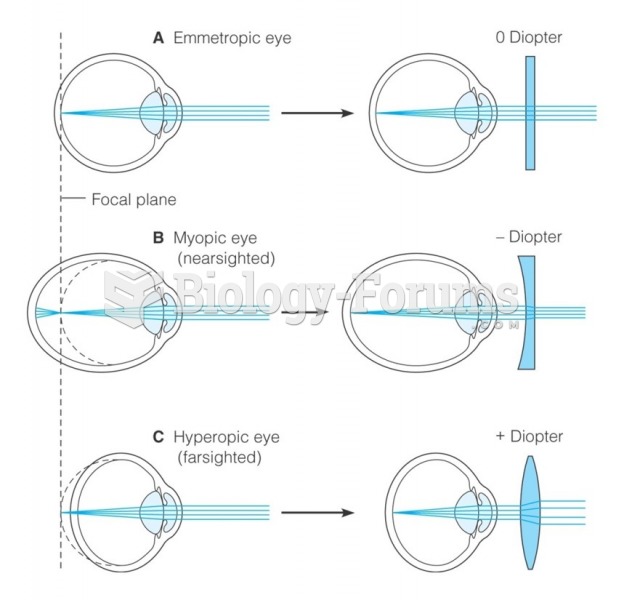Answer to Question 1
Obesity related to excessive consumption of energy-dense foods and large meals as evidenced by BMI of 31.2, frequent consumption of hamburgers, fries, cookies, desserts, etc, and reported high frequency of snacking on desserts between meals.
Undesirable food choices related to lack of prior nutrition education and disinterest as evidenced by acknowledgement of one's own sweet tooth, reported liking fruit but rarely consuming them, and high consumption of foods containing high calories, saturated fats, low fiber, and added sugar..
Inadequate fiber intake related to lack of food- and nutrition-related knowledge as evidenced by reported low consumption of fruits, vegetables, and whole-grain products.
Excessive saturated fat intake related to high-consumption of animal products and processed foods as evidenced by frequent consumption of doughnuts, cookies, soda, pastries, hamburger, and meat, elevated total cholesterol (285 mg/dL), and elevated LDL (189 mg/dL) levels.
Excessive simple sugars related to food- and nutrition-related knowledge deficit and new diagnosis of NAFLD as evidenced by lack of previous nutrition therapy, excessive snacking of sugary foods, and frequent consumption of soda, cookies, pastries, pie, and dessert.
Answer to Question 2
I would assess his level of physical activity by comparing it to the standards of the Dietary Guidelines (2.5 hours per week or about 30 min. of moderate physical activity on five days of the week)
Questions:
- Do you engage in any formal or recreational physical activities?
- How long do those activities last and how frequently do you engage in them?
- How much time do you spend walking/standing/sitting at your job?
- Does your job/daily life require frequent physical labor?







